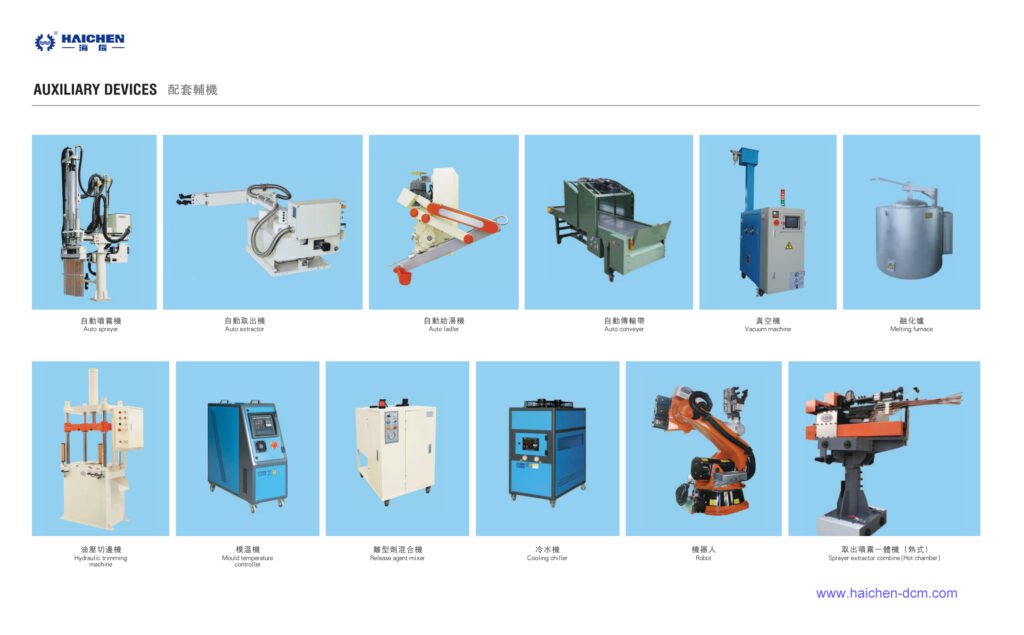Release agent mixer types mainly include oil-based, water-based and powder-based release agent three types.
Each type of release agent mixer for die casting machine has its specific application and advantage. Selecting the right release agent mixer is crucial to ensure the die casting quality and the mold service life. Below are detailed introduction:
- Oil-based mold release agent
- Operating Precautions
- Water-based mold release agent
- Powdered release agent
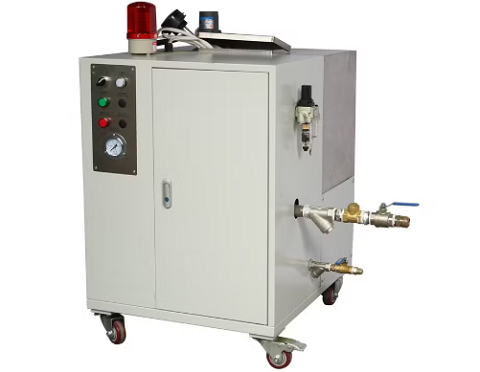
Oil-based mold release agent
- Solvent-Based
- Additives
- Specialized Formulations
- Comparison with Other Release Agents
This mold release agent mainly composes of mineral oil or synthetic oil, silicone oil and lubricating additives.
- For example, a typical oil-based mold release agent formula includes 70 to 98 parts by mass of solvent (with a predetermined flash point), 1 to 10 parts by mass of high-viscosity mineral oil or synthetic oil. And 15 parts by mass or less of silicone oil.
- Oil-based mold release agents widely uses due to their good lubrication properties, but they may produce smoke, environmental pollution and health risks during their use, so they are gradually being eliminated.
Solvent-Based
Oil-based release agents are primarily composed of petroleum hydrocarbon solvents with a high flash point (70–170°C) (70–98%). Ensure uniform mixing and safety.
Additives
These include high-viscosity mineral oil/synthetic oil (1–10%), silicone oil (≤15%), and lubricating additives (1–5%). These ingredients must be thoroughly dispersed to prevent separation.
Specialized Formulations
Some formulations contain paraffin wax, polytetrafluoroethylene, or high-temperature resins, requiring heating and stirring (e.g., heating to 60–80°C during mixing) to achieve uniform melting.
Comparison with Other Release Agents
- Water-based release agents: Conventional mixers are often used (no explosion-proof equipment is required), but temperature control is important to prevent uneven evaporation of moisture.
- Powder release agents: These rely on pneumatic conveying equipment (such as a powder spraying device), which is completely different from the liquid mixing equipment used for oil-based release agents.
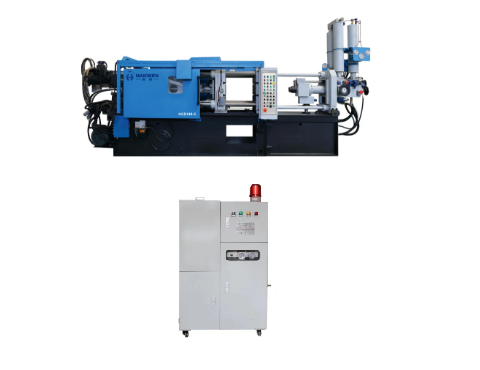
Operating Precautions
Temperature Monitoring
The temperature must be monitored during mixing to avoid exceeding the solvent flash point or the decomposition temperature of the additive.
Viscosity Control
The viscosity should be 2–30 mm²/s at 40°C. After mixing, the mixture should be cooled to the specified temperature and the viscosity tested.
Safety Design
The equipment should be equipped with an inert gas protection system (such as a nitrogen blanket) to reduce the risk of combustion.
Haichen offers both centralized and individual release agent mixing systems, each designed to deliver precise, automated dilution for superior performance. This guaranteeing optimal mold lubrication and cooling. By doing so, it prevents casting defects, significantly extends mold life, and improves final part surface finish. Furthermore, these release agent mixers drastically reduce the waste and consumption of costly release agents, leading to substantial material cost savings and a cleaner, more efficient production environment overall.
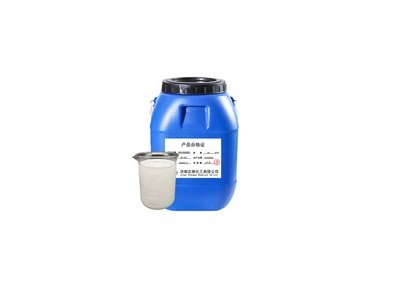
Water-based mold release agent
This type of release agent uses water as a carrier and usually contains silicone, wax, surfactant and other ingredients.
- For example, a water-based release agent composes of 10 to 30% dimethyl silicone, 5 to 15% modified silicone oil, 5 to 20% wax composition, 4 to 15% surfactant, 1 to 3% rust and corrosion inhibitor and 0.1 to 1% fungicide.
- Water-based release agents are valued for their environmental protection and biodegradability.
Silicone Oil-Based Water-Based Release Agents
- Core Ingredients: Dimethyl silicone oil or modified silicone oil (such as MQ-type silicone resin) as the main base oil, supplemented with emulsifiers and water.
- The formula contains 10%-28% water-soluble silicone oil, 10%-30% dimethyl silicone oil, and 5%-15% modified silicone oil.
Features
- Prepared by mechanical emulsification (colloid mill or homogenizer) or emulsion polymerization, forming an emulsion with a particle size of 0.1-0.4μm.
- Strongly resistant to high temperatures, it forms a stable protective film on the mold surface, reducing aluminum liquid sticking.
Wax-Based Water-Based Release Agents
- Core Ingredients: High-temperature wax (such as polyethylene wax, micronized wax), mineral oil, or waste engine oil, combined with an emulsifier.
- Contains 5%-25% high-temperature wax, with waste engine oil and polyethylene wax as the main raw materials (volume ratio of 6-8:3:2).
Features
Excellent lubrication and film-forming properties. Low cost and environmentally friendly (e.g., waste oil recycling).
Fatty acid-based water-based release agent
- Core ingredients: Contains organic carboxylates (e.g., sodium oleate), fatty acid metal salts, etc.
- Contains 0.5%-5% sodium oleate, with organic carboxylate metal salts mentioned as lubricants.
Features
Improves mold release smoothness, suitable for low-speed die casting.
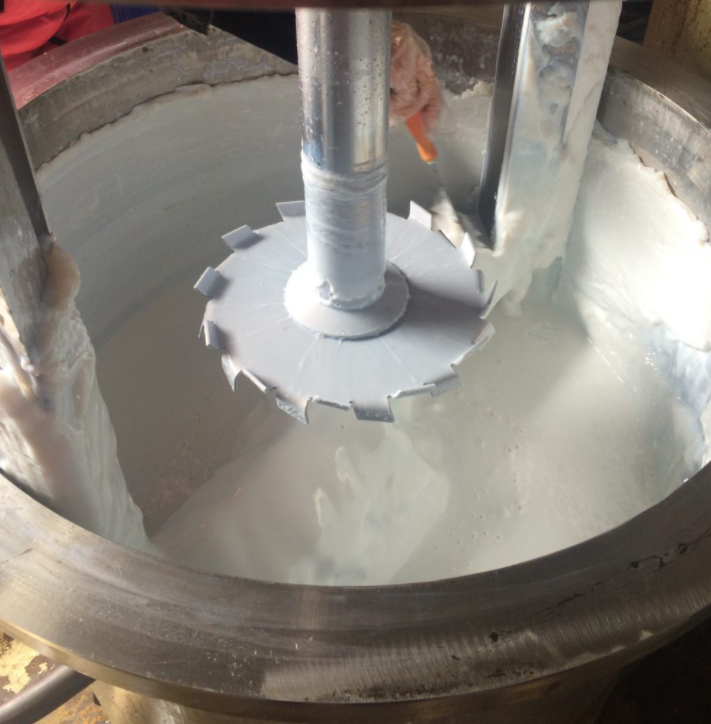
Powdered release agent
- Ingredients
- Key Functions of Mixing Equipment
This type of release agent mainly composes of micronized wax, graphite, alumina and other ingredients.
- It has good chemical stability and will not pollute water after use, reducing environmental pollution problems.
- Powder-based release agents are also used in high-pressure die casting. Their main advantage is that they are not easy to react and can remain stable even under heating conditions.
Ingredients
- Powder release agents typically consist of an inorganic lubricant (such as talc, boron nitride) and an organic polymer (such as polyethylene wax, silicone resin). They have a particle size of ≤10 microns and are chemically stable.
- Some formulations contain metal soaps or spherical resin particles, requiring high-speed mixing to ensure uniform dispersion.
Key Functions of Mixing Equipment
- Anti-settling: Powders are prone to settling, so the mixer requires continuous agitation or a circulation system (such as a piston pump).
- Proportion Control: Dynamically adjusts release agent concentration based on mold temperature (e.g., increasing the dilution ratio at high temperatures).
- Environmentally friendly design: Closed mixing reduces dust pollution and complies with ISO 9001 and other standards.
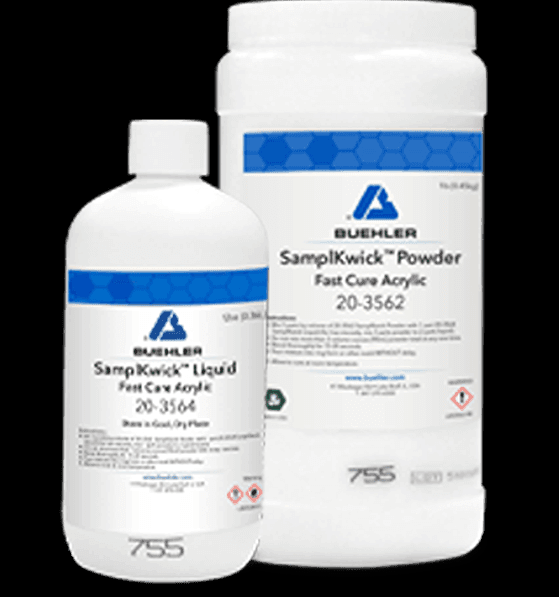
From above, we can know that these oil-based, water-based and powder-based release agent different types of release agent mixers have their own characteristics. And they are suitable for different die casting processes and application requirements. Choosing the right release agent is crucial to ensuring casting quality, extending mold life, and improving production efficiency.
Haichen die casting machine
Haichen is one Chinese die casting machine manufacturer for more than 10years. We produce both high pressure cold chamber die casting machine and hot chamber die casting machine.They have durable and highly precise features. Haichen also produce die casting machine auxiliary equipment. Such as conveyor, vacuum machine, mold temperature controller, industrial robot, sprayer and so on.
